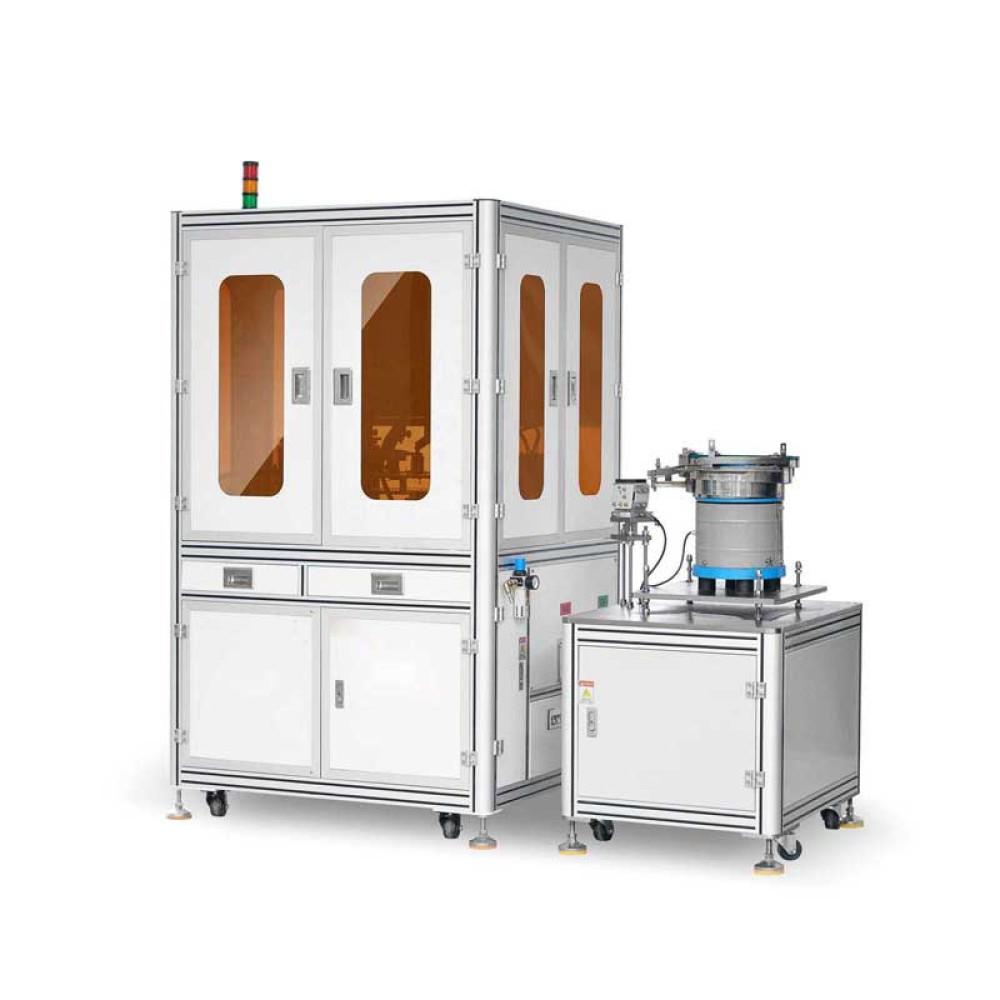In today’s fast-paced manufacturing environment, ensuring product quality while maintaining high production efficiency is more critical than ever. One of the most effective ways to achieve this balance is through the use of Visual Inspection technologies. This blog post will explore what visual inspection entails, its benefits, and how it can revolutionize your manufacturing process.
What is Visual Inspection?
Visual Inspection involves using cameras or other imaging devices to capture images of products during various stages of production. These images are then analyzed by software that uses advanced algorithms to detect defects, measure dimensions, and ensure compliance with specified standards. The technology behind visual inspection ranges from simple image recognition to complex machine learning models that can identify even the smallest imperfections.
Key Benefits of Visual Inspection
- Increased Accuracy: Human inspectors can tire and make mistakes, especially when examining minute details. Automated visual inspection systems provide consistent and reliable results, reducing the likelihood of errors.
- Enhanced Speed: Traditional manual inspections can be time-consuming, slowing down the overall production process. Visual inspection systems can analyze thousands of parts per minute, significantly increasing throughput.
- Real-Time Feedback: With real-time monitoring capabilities, visual inspection systems can immediately flag any issues on the production line. This allows for prompt corrective actions, minimizing waste and downtime.
- Versatility: Whether you’re inspecting electronic components, automotive parts, or consumer goods, visual inspection systems can be tailored to meet specific needs. They can handle a wide variety of materials and shapes, making them highly adaptable.
- Cost Savings: By catching defects early in the production process, companies can avoid costly rework and recalls. Additionally, the reduced need for human labor translates into lower operational costs.
Applications of Visual Inspection
The applications of visual inspection are vast and varied. Here are just a few examples:
- Electronics Manufacturing: Ensuring that printed circuit boards (PCBs) are free from soldering defects or component misalignments.
- Automotive Industry: Checking for paint defects, surface scratches, or assembly errors in vehicle parts.
- Pharmaceuticals: Verifying the integrity of packaging and labeling to ensure compliance with regulatory standards.
- Food and Beverage: Inspecting bottles, cans, and packages for proper sealing and labeling, as well as detecting contaminants.
Future Trends in Visual Inspection
As technology continues to advance, we can expect even more sophisticated visual inspection systems. Some emerging trends include:
- AI and Machine Learning: Leveraging AI to improve defect detection accuracy and reduce false positives.
- Integration with IoT: Connecting inspection systems to the Internet of Things (IoT) for better data collection and analysis.
- Augmented Reality (AR): Using AR to assist human operators in identifying and correcting defects in real time.
Conclusion
Incorporating visual inspection into your manufacturing process can lead to significant improvements in both quality and efficiency. From increased accuracy and speed to cost savings and versatility, the benefits are clear. As technology evolves, so will visual inspection systems’ capabilities, making them an indispensable tool for modern manufacturers.

